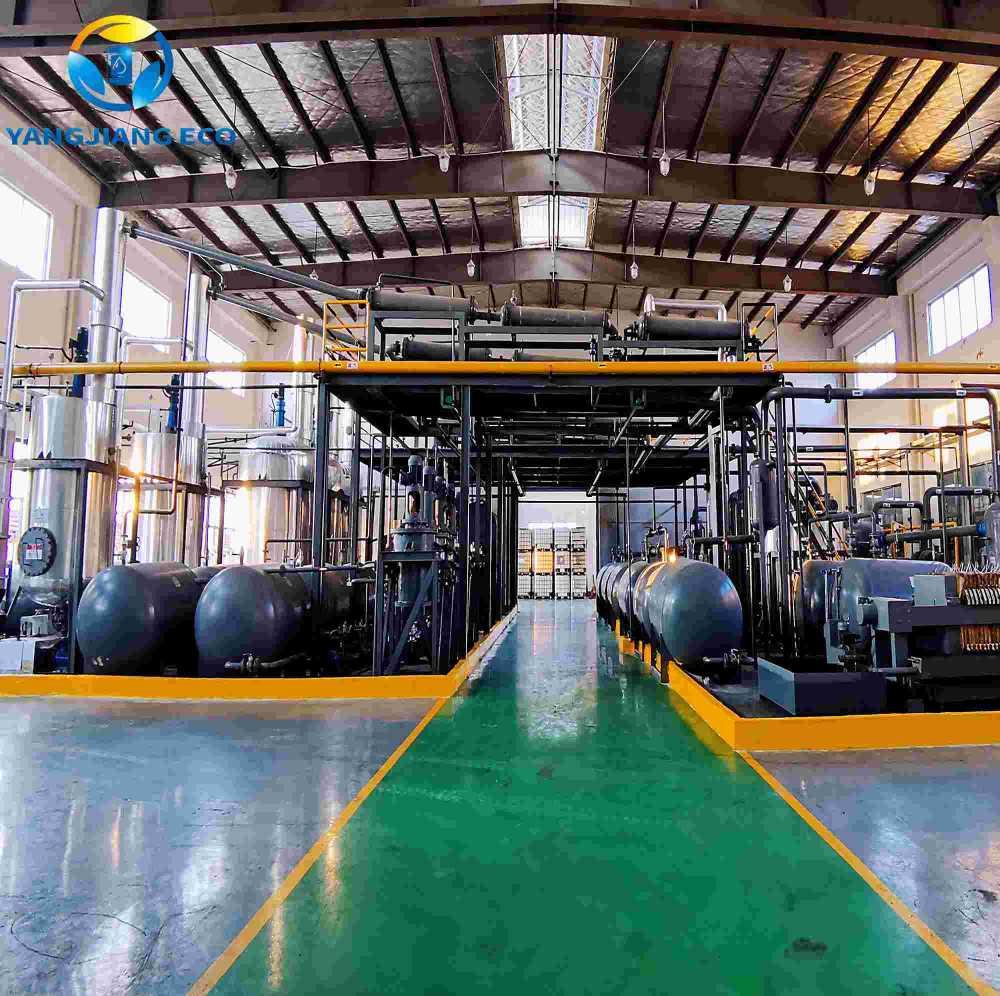Every time you get an oil change, the dark, dirty fluid drained from your engine doesn’t just disappear—it begins a remarkable transformation. Used motor oil, if disposed of improperly, can harm the environment. But when recycled, it gets a second life, reducing waste and conserving resources. Let’s follow the journey of used motor oil through a recycling plant, where it goes from black to clear.
Step 1: Collection and Transportation
Used motor oil is collected from auto shops, service centers, and recycling drop-off points. Specialized trucks transport it to recycling facilities, ensuring no spills or leaks contaminate the environment.
Step 2: Pre-Filtration
Upon arrival, the oil passes through filters to remove large debris—dirt, metal shavings, and sludge. This step prepares the oil for deeper purification.
Step 3: Dehydration
Water and fuel contaminants are removed through heating. The oil is boiled at controlled temperatures, evaporating moisture and light hydrocarbons while leaving behind the reusable base oil.
Step 4: Distillation and Vacuum Processing
Next, the oil enters a vacuum distillation unit, where it’s heated under low pressure to separate different viscosity grades. This breaks down the oil into its core components, removing remaining impurities.
Step 5: Hydrotreatment (Advanced Purification)
To achieve near-virgin quality, the oil undergoes hydrotreatment. Hydrogen is introduced under high pressure, bonding with contaminants like sulfur and chlorine, which are then filtered out. The result? Clear, high-quality base oil.
Step 6: Additive Blending
The recycled base oil is mixed with fresh additives to restore its lubricating properties. Now, it’s ready to be reused as motor oil, hydraulic fluid, or even re-refined into new engine oil.
Environmental and Economic Benefits
Recycling used motor oil prevents soil and water pollution while conserving crude oil—just one gallon of recycled oil saves 42 gallons of crude. It’s a sustainable loop that keeps engines running and the planet cleaner.

